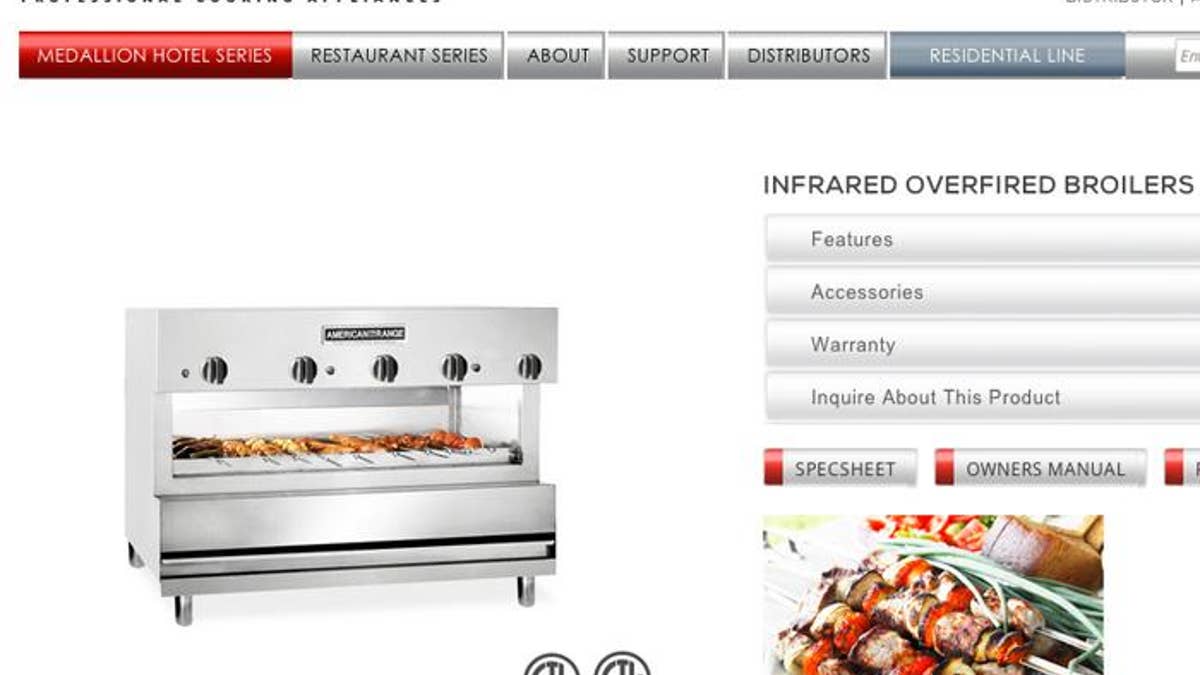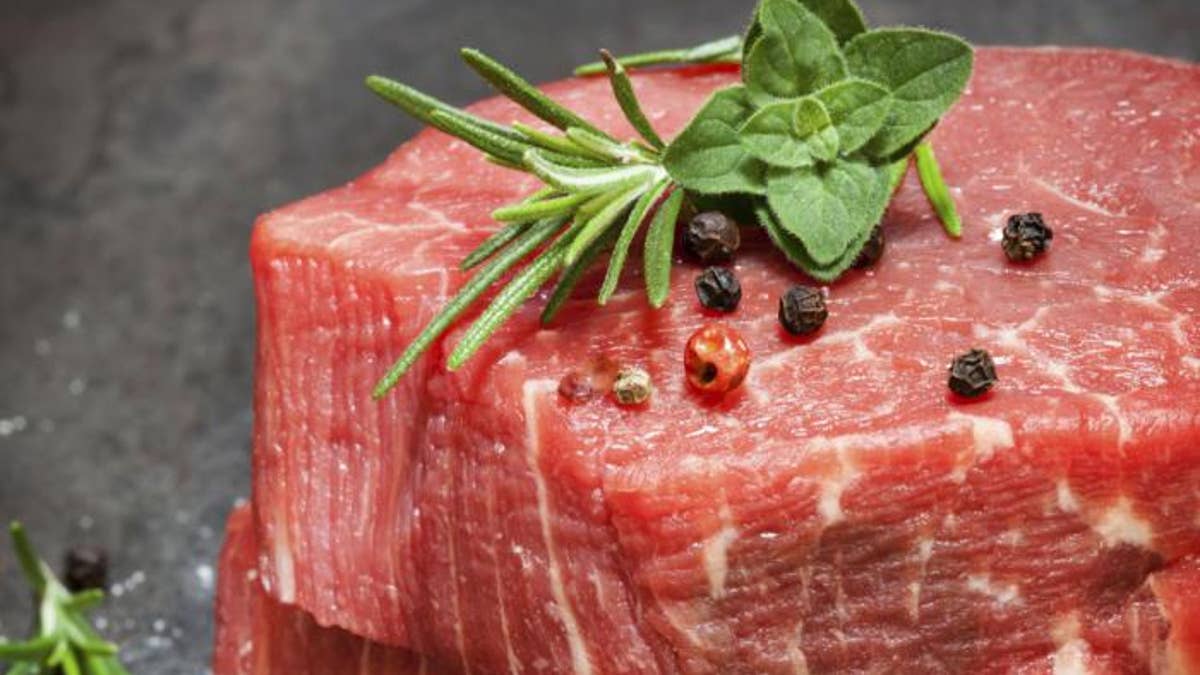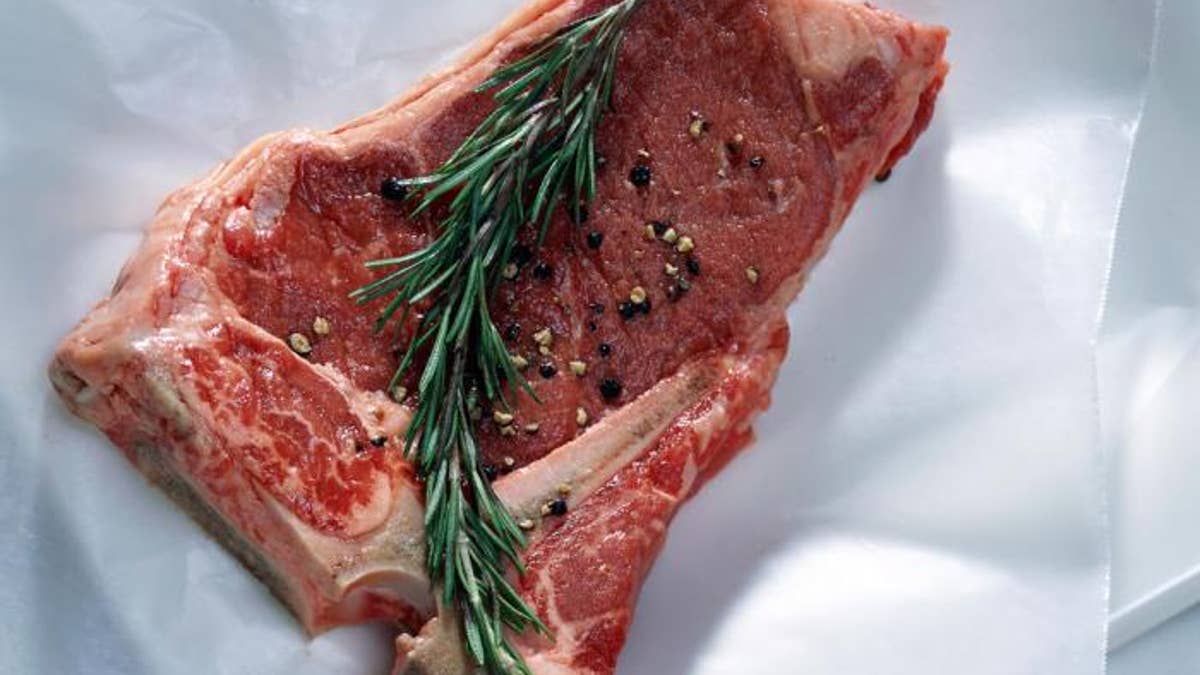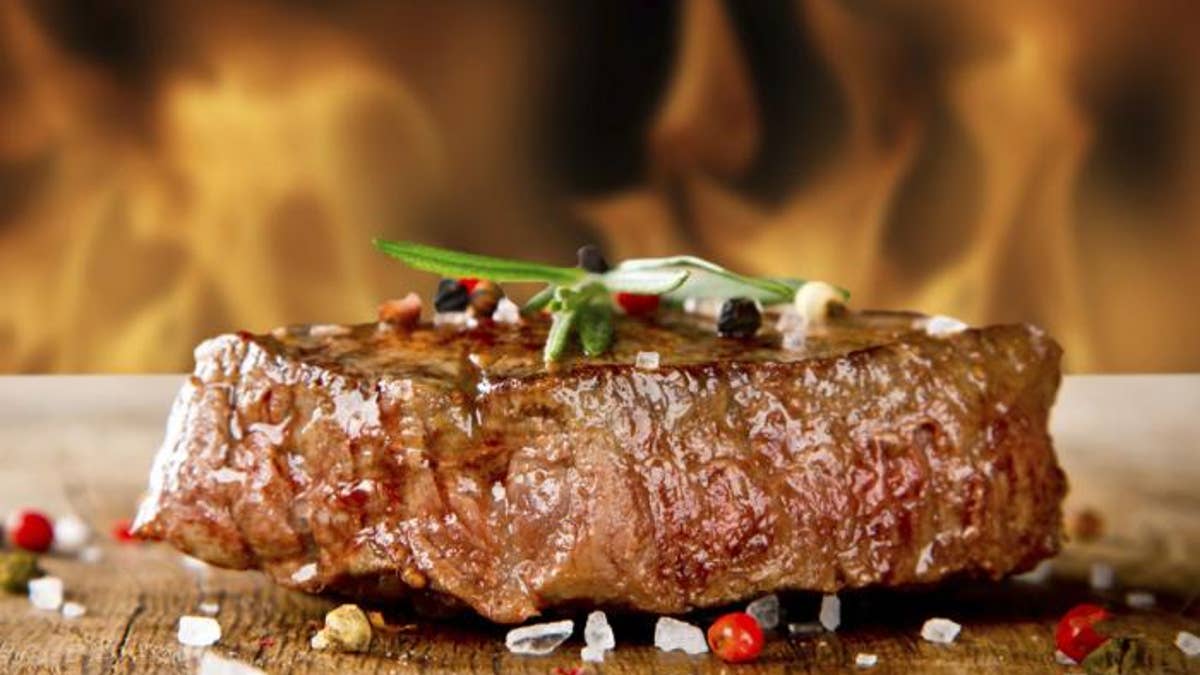There’s no fine dining experience quite like the one you’ll have in a great steakhouse. In a world where most high-end restaurants tend to skew toward the precious and intricate, having a big slab of perfectly seared beef placed before you can make for a much-appreciated change of pace. But how exactly do steakhouse chefs consistently turn out steaks that are so inexplicably tender and delicious? And why does it seem to be nearly impossible to replicate a steakhouse at home?
There are a handful of reasons why it’s not easy to make a steak at home that bears even a passing resemblance to the one you’ll be served at your local Ruth’s Chris. Just about every step of the process (except for the fact that you’re both cooking steaks) is different, from the meat quality to seasoning, cooking technique, heat level, and even the addition of a secret ingredient or two.
There are also a few things that go on behind the scenes at great steakhouses that you might not have realized as well. For one, some steakhouses par-cook their steaks before service, then finish them over high heat when they’re ordered. There’s not much of a reason to do that at home.
Surprisingly, there’s one tool that’s essential to cooking a great steak at home that you won’t find in most steakhouse kitchens: a digital meat thermometer. If you find out exactly what temperature is perfect for you, you’ll never screw up a home-cooked steak again. However, great steakhouses still have a few tricks up their sleeves that make them, well, great steakhouses.
1. One word: Infrared

(americanrange.com)
While some steakhouses still grill or pan-fry their steaks, many use infrared broilers, which superheat large surfaces to an even temperature. Many steakhouses, like Ruth’s Chris, depend entirely on these broilers to cook their steaks (some finish their steaks in the oven if they’re being cooked past medium), and while they can be difficult to master, the end result is a steak that’s better seared than just about anything you can accomplish at home.
2. USDA Prime

(iStock)
It’s no secret that the best steakhouses use the best beef, but did you know that great steakhouses use meat that’s of a higher quality than 98 percent of the rest of the beef out there? It’s called USDA Prime, and to achieve that ranking it needs to have the highest level of marbling, or intramuscular fat, and also be from the youngest cows. You’re not likely to find USDA Prime beef at your local supermarket, unfortunately, though some specialty stores do carry it.
3. Wet-aging

(iStock)
Some steakhouses advertise “wet-aged” beef, which is essentially steak that’s been sealed in an airtight vacuum-sealed plastic bag for a few days or weeks. The majority of supermarket and downscale restaurant steaks are wet-aged, and while wet-aged beef is tenderer than beef that hasn’t been aged at all, it’s a lot less robustly flavored than its more upscale counterpart, dry-aged meat.
4. Dry-aging

T-Bone Steak is grilled to perfection with mushrooms. (iStock)
Most great steakhouses dry-age their beef for anywhere from two to three weeks, and some even go longer than that. In order to dry-age beef, whole primal cuts (large pieces of meat carved out at butchering) are stored in a temperature- and humidity-controlled room and carefully watched. When ready to serve, a layer of the mold that has formed on the meat's surface is removed before it’s cut into steaks, and the end result has a more robust, earthy, funky, mineral-y flavor that steakhouse fans know and love. But don’t automatically assume that it’s better when a steakhouse dry-ages their beef on-premises; it’s very difficult to control perfect aging conditions, so there’s nothing wrong with restaurants hiring a third party to dry-age beef for them.
5. Super-high heat

(iStock)
If you were to attempt to cook a steak at home with the same amount of heat that steakhouses use, you’d end up with a very smoky kitchen and maybe even a fire on your hands. Those infrared broilers can reach temperatures of over 1,000 degrees, and can cook a two-inch thick steak in a matter of minutes. Even the ovens that the steaks are finished in often reach temperatures of more than 500 degrees.
Learn more of the secrets that steakhouses don't want you to know.
More from The Daily Meal
America’s Best Chain Steakhouses
